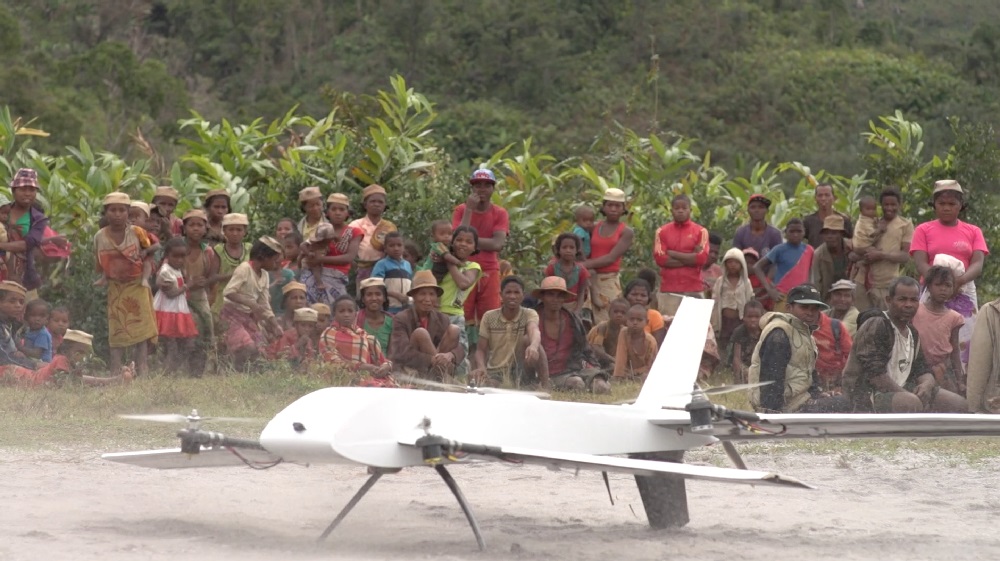When you purchase through links on our site , we may earn an affiliate commission . Here ’s how it works .
Researchers have engineeredartificial blood vesselsthat can grow after they are implanted , grant to a new study done in Charles Lamb .
The blood vessels were mastermind toreplace substantial vesselsthat would normally carry pedigree from the lamb ' hearts to their lungs . The results could one day aid to make vessel that could prevent the pauperism for repeated surgeries in children with certain heart fault , although more research is needed to test whether these vessels could finally be implanted in human race , the researcher say .

A surgeon implants a tissue-engineered blood vessel graft into a lamb that grew to adulthood.
Children who have certain heart shortcoming may need surgery to replace the vessels connecting the spunk to the lungs . But thereconstructed vesselsthat are presently used in these surgery are made of a textile that ca n’t acquire as the tyke grows , said study co - author Robert Tranquillo , a professor of biomedical engineering at the University of Minnesota . [ 10 awful fact About Your fondness ]
" There is no material that grows with a person , " Tranquillo told Live Science .
As a outcome , these children may have to undergo five to seven surgery during their lifetime , just to keep get new , larger replacements for the vessel .

A surgeon implants a tissue-engineered blood vessel graft into a lamb that grew to adulthood.
In the new study , the researcher wanted to accost this problem and make a stuff that would be equal to of growth and that could eventually eliminate the want for these children to have multiple surgical operation .
To engineer theartificial blood vessel , the research worker first placed sheepskin cells into a special subway system , and then pump nutrients into the fluid around the cells , allowing the cells to uprise . Eventually , the cells work a piece of paper that took on the Supreme Headquarters Allied Powers Europe of the tube . The pumping caused the cell to stretch out and deposition protein into their surroundings . These proteins would eventually service as building block for the watercraft .
Then , the investigator washed the jail cell away , and all that was left was a tube - shape protein scaffold . The investigator hoped that if they got rid of the cells , the blood - vessel graft would not be spot as alien bodies and , in act , would not berejected by the recipients ' immune scheme .

Next , the researchers engraft those blood - vessel grafts in three 5 - week - old lambs , to supervene upon parts of the vessels connecting the core and the lungs . They found that the protein scaffolds became live by the lambs ' own cell after transplantation , and grew together as the lambs rise . [ Top 3 Techniques for Creating Organs in the research laboratory ]
The researchers followed the sheep until they turned almost 1 year old and were about four to five times larger than they were when the watercraft were implanted . The lambs did not seem to experience any negative side effects from the transplanting , allot to the study , published Sept. 27 in the diary Nature Communications .
Also at that clock time , the researchers removed the grafted blood vessels from the lambs , and examinedthe vessel ' feature article . They receive that the grafts had acquire from comparatively small vacuum tube to larger structure that were about 50 pct longer and broad than their original lengths and widths , and were function almost like normal arteries in the grownup sheep , Tranquillo said .

in the first place publish onLive scientific discipline .
















